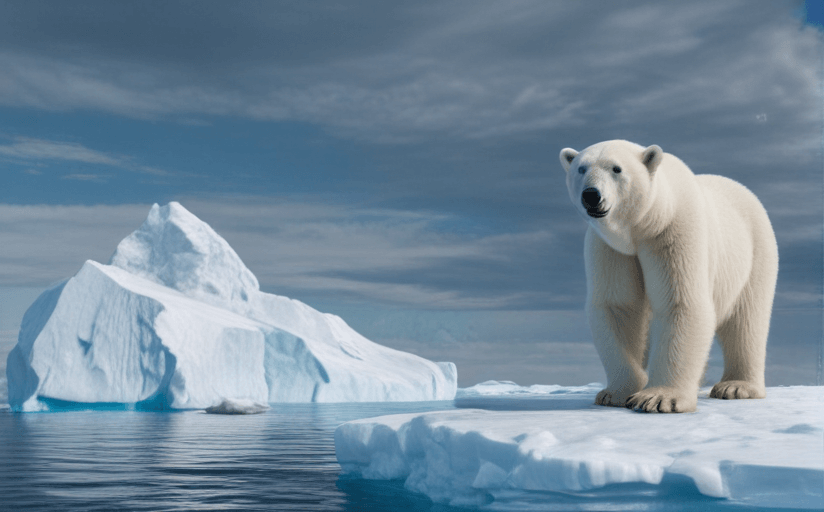Exploring the Impact of Climate Change on Biodiversity
There is a growing consensus among scientists and experts that climate change is not just an isolated environmental issue but is intrinsically linked with our planet's rich biodiversity. Understanding the impact of climate change on biodiversity is critical to shed light on potential risks and mitigation efforts.
Climate Change and Biodiversity: The Connection
The relationship between climate change and biodiversity is complex and multi-faceted. The planet's diverse ecosystems and their myriad species are being tremendously influenced by changes in the climate.
Direct Impacts
Climate change directly affects biodiversity by altering the timing of natural events such as migratory patterns and breeding seasons. Rising temperature and frequent extreme weather events such as floods, droughts, and storms are devastating habitats for both terrestrial and aquatic creatures.
Indirect Impacts
Indirect impacts of climate change on biodiversity are less visible but equally concerning. Changes in precipitation patterns, sea-level rise, and ocean acidification impact organisms' habitats, promoting the spread of diseases, pests, and invasive species, which further endangers the survival of certain species.
The Impact on Species and Ecosystems
Changes in temperature and rainfall can force species to shift their geographical ranges and push some species to extinction. These shifts can have cascading effects on ecosystems, disrupting the balance between predators and prey, competitors, and other ecological interactions.
Findings from Recent Scientific Research
According to a recent study, climate change will drive more dramatic shifts in biodiversity than previously thought. The report suggests that certain species would need to relocate to higher latitude regions to adapt to warming temperatures, which will invariably reshape ecosystems.
Expert Opinions
Climate change is indeed the biggest threat to biodiversity, says Dr. Jane Goodall, renowned primatologist and environmental advocate. For some species, it's probably already too late. But for others, there may still be time if we act now.
Potential Solutions
Solutions to protect biodiversity in the face of climate change include setting up and strengthening protected areas, restoring degraded ecosystems, creating biological corridors, and building resilience through sustainable land and water management practices.
Conclusion
Although the challenges are immense, our collective efforts are crucial in shaping the future of biodiversity in a changing climate. Stewardship of the Earth's natural variety must be at the forefront of climate change mitigation policies. Continued research and conversations on these intertwined crises will serve as our best defense and ensure a thriving planet for generations to come.

















Comments
Leave a Comment